- It is envisaged to orbit a scientific spacecraft in the orbit of planet Venus.
- Objectives
- It is for better understanding of the Venusian surface and subsurface, atmospheric processes and influence of Sun on Venusian atmosphere.
- The study of the underlying causes of transformation of Venus, which is whispered to be once habitable and quite similar to Earth would be an invaluable aid in understanding the evolution of the sister planets, both Venus and Earth.
- The Indian Venus mission is expected to answer some of the outstanding scientific questions resulting in various scientific outcomes.
- India Space Research Organisation (ISRO) will be responsible for the development of spacecraft and its launch.
- The mission is expected to be accomplished on the opportunity available during March 2028. The realization of the spacecraft and launch vehicle is through various industries.
- Funding: The total fund approved for the VOM is Rs.1236 Cr out of which Rs 824.00 Crore will be spent on the spacecraft.
- The cost includes development and realization of the spacecraft including its specific payloads and technology elements, global ground station support cost for navigation and network as well as the cost of launch vehicle.
- Significance: Venus, the closest planet to Earth and believed to have formed in conditions similar to Earth, offers a unique opportunity to understand how planetary environments can evolve very differently.
2. What is NPS Vatsalya Scheme?
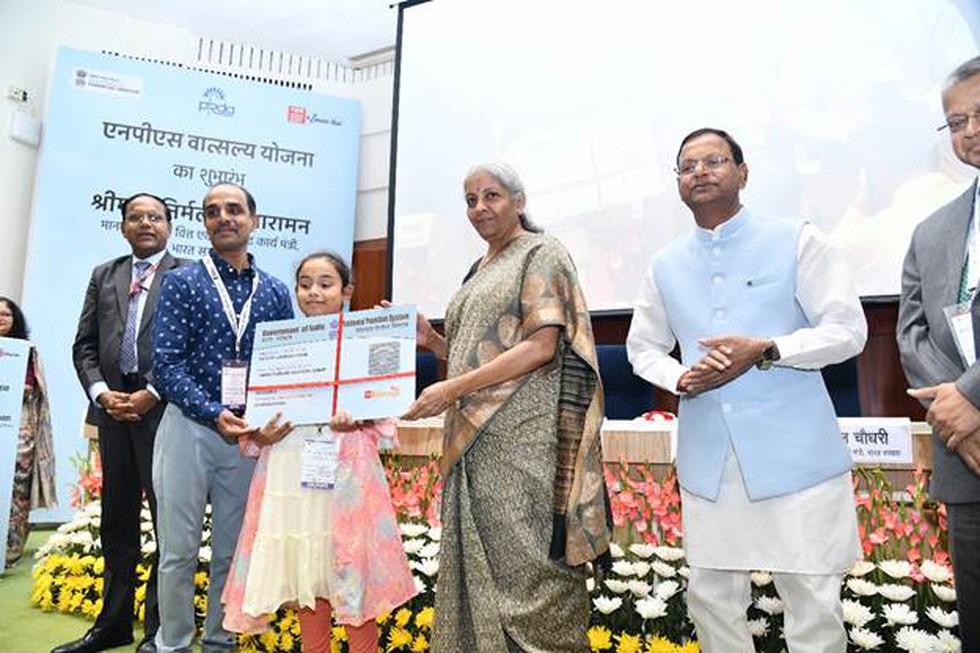
About NPS Vatsalya Scheme:
- It is an extension of the existing National Pension Scheme (NPS) but focuses on children.
- Eligibility for NPS Vatsalya as follows
- All minor citizens (age below 18 years).
- Both the child and the parent must be Indian citizens. All parties must comply with the Know Your Customer (KYC) requirements.
- Account can be opened in the name of minor and operated by parent or guardian. Minor will be the beneficiary.
- Scheme can be opened through various Points of presence regulated by Pension Fund Regulatory Authority of India (PFRDA)such as major banks, India Post, Pension Funds and Online platform (e-NPS).
- Contribution: Subscriber to make a minimum contribution of Rs 1000/- per annum. There is no limit on the maximum contribution.
- PFRDA will provide multiple investment choices to subscribers. Subscribers can take exposure in government securities, corporate debt, and equity in different proportions based on risk appetite and desired returns.
- On attaining the age of majority, the plan can be converted seamlessly into a normal NPS account.
- Withdrawal rules
- After three years of opening the NPS vastsalya account, partial withdrawals are allowed. Up to 25% of the corpus can be withdrawn for specific purposes, including education, medical treatment for certain illnesses, or disabilities over 75%.
- Once the child attains the age of 18, the corpus of up to Rs 2.5 lakh can be withdrawn entirely and if it exceeds, the 20% can be withdrawn and rest 80% can be used for annuity purchase in the NPS.
- In the unfortunate event of a subscriber's death, the entire corpus is given to the nominee, usually the guardian. If the guardian dies, a new guardian must be assigned after completing a new KYC.
- If both parents die, a legal guardian can manage the account without further contributions until the child turns 18.
3. Next Generation Launch Vehicle
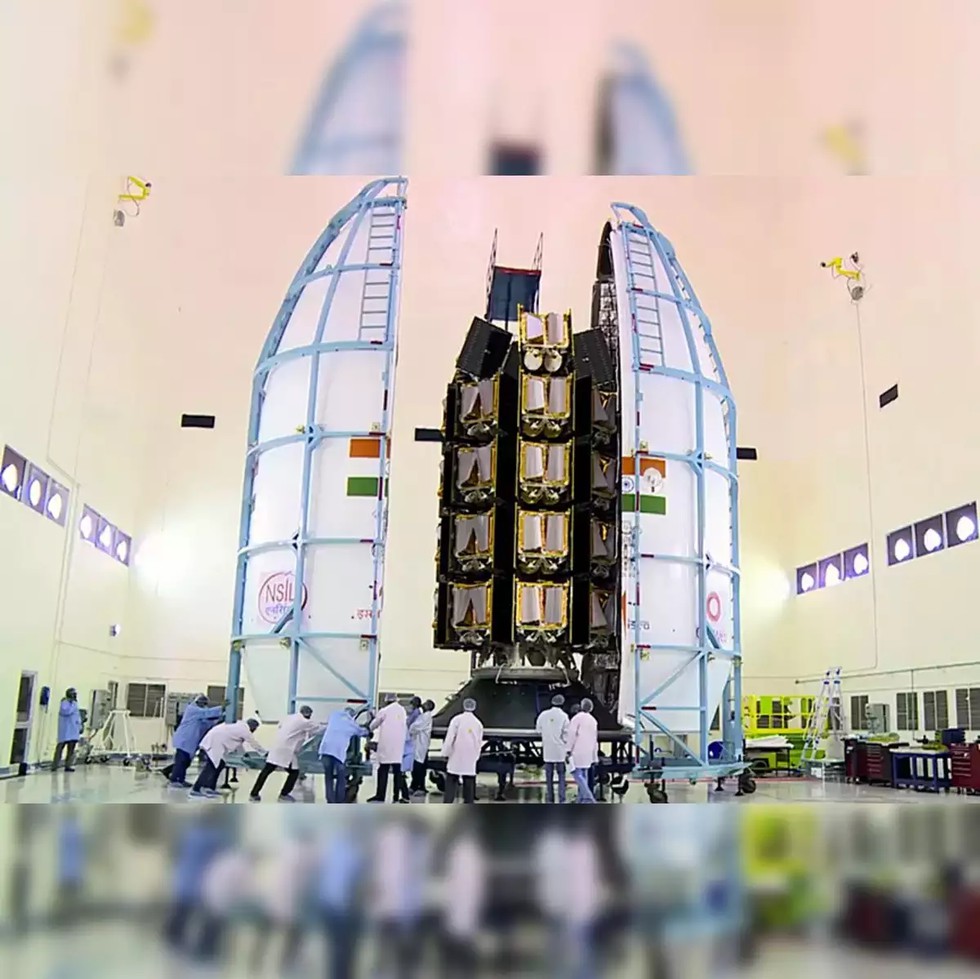
About Next Generation Launch Vehicle:
- It will have 3 times the present payload capability with 1.5 times the cost compared to LVM3, and will also have reusability resulting in low-cost access to space and modular green propulsion systems.
- The development of the NGLV is taken up which is designed to have a maximum payload capability of 30 tonnes to Low Earth Orbit, which also has a reusable first stage.
- This development project will be implemented with maximal participation from the Indian industry, which is also expected to invest in the manufacturing capacity at the outset itself, thereby allowing a seamless transition to the operational phase subsequent to the development.
- NGLV will be demonstrated with three development flights (D1, D2 & D3) with a target of 96 months (8 years) for the completion of the development phase.
- The total fund approved is Rs. 8240.00 Crore and includes the development costs, three developmental flights, essential facility establishment, Programme Management and Launch Campaign.
- Significance
- It will enable national & commercial missions including launch of human spaceflight missions to Bharatiya Antariksh Station.
- Lunar/inter-planetary exploration missions along with communication & earth observation satellite constellations to Low Earth Orbit that will benefit the entire space ecosystem in the country.
- This project will boost the Indian space ecosystem in terms of capability and capacity.
4. Bio-RIDE Scheme

About Bio-RIDE Scheme:
- It is designed to foster innovation, promote bio-entrepreneurship, and strengthen India’s position as a global leader in biomanufacturing and biotechnology.
- It aims to accelerate research, enhance product development, and bridge the gap between academic research and industrial applications.
- The scheme has three broad components:
- Biotechnology Research and Development (R&D);
- Industrial & Entrepreneurship Development (I&ED)
- Biomanufacturing and Biofoundry (New component under this new scheme)
- It is part of the Government of India’s mission to harness the potential of bio-innovation to tackle national and global challenges such as healthcare, agriculture, environmental sustainability, and clean energy.
- Funding and Time period: The proposed outlay for the implementation of the unified scheme ‘Bio-RIDE’ is Rs.9197 crore during the 15th finance Commission period from 2021-22 to 2025-26.
- Implementation of Bio-RIDE Scheme will -
- Promote Bio-Entrepreneurship: It will nurture a thriving ecosystem for startups by providing seed funding, incubation support, and mentorship to bio-entrepreneurs.
- Advance Innovation: It will offer grants and incentives for cutting-edge research and development in areas like synthetic biology, biopharmaceuticals, bioenergy, and bioplastics
- Facilitate Industry-Academia Collaboration: It will create synergies between academic institutions, research organizations, and industry to accelerate the commercialization of bio-based products and technologies.
- Encourage Sustainable Biomanufacturing: A significant focus will be placed on promoting environmentally sustainable practices in biomanufacturing, aligned with India’s green goals.
- Support researchers through Extramural funding:It will play critical role in advancing scientific research, innovation, and technological development across diverse fields of biotechnology by supporting extramural funding to research institutions, universities, and individual researchers in areas such as agriculture, healthcare, bioenergy, and environmental sustainability.
- Nurturing Human Resource in Biotechnology sector: It will provide holistic development and support to students, young researchers and scientists working in the multidisciplinary areas of Biotechnology.
5. What is the National Board for Wildlife (NBWL)?

About National Board for Wildlife (NBWL):
- It is a statutory board constituted by the Central Government under the Wild Life (Protection) Act, 1972.
- It is responsible for guiding the government’s decisions on matters related to wildlife conservation and issuing approvals for projects in protected areas (PAs).
- The WLPA mandates that without the approval/recommendation of the NBWL, construction of tourist lodges, alteration of the boundaries of PAs, destruction or diversion of wildlife habitat, and de-notification of Tiger Reserves, cannot be done.
- Structure:
- It is a 47-member committee, headed by the Prime Minister and the Minister of Environment, Forest, and Climate Change (environment minister) as vice chairperson.
- In addition to offices and institutions directly involved in conservation and protection of wildlife, the NBWL also has the chief of army staff, defence secretary, and expenditure secretary to Government of India as members.
- Further, the central government nominates 10 members who are eminent conservationists, ecologists, and environmentalists.
- In practical terms, many of its tasks are delegated to a standing committee (SC-NBWL), which is empowered to carry out the same functions.
- The SC-NBWL shall consist of the Vice-Chairperson (environment minister), the Member Secretary, and not more than ten members to be nominated by the Vice-Chairperson from amongst the members of the NBWL.
- While the act envisaged the board and the committee as advisory bodies, their powers and responsibilities were increased in 2002, after the Supreme Court ruled that the SC-NBWL had to approve all proposals that sought permission for “any activity” within a wildlife sanctuary.
- The SC-NBWL also makes recommendations on the setting up of and management of National Parks, Sanctuaries, and other PAs and on matters relating to restriction of activities in those areas.
- The SC-NBWL shall ordinarily meet once in three months.
6. What are Real Estate Investment Trusts (REITs)?

About Real Estate Investment Trusts (REITs):
- REITs are companies that own or finance income-producing real estate across a range of property sectors.
- It allows investors to pool their funds and invest in various real estate projects.
- Essentially, it functions like a mutual fund for real estate investments.
- These trusts own and oversee a portfolio of income-generating properties, such as office buildings, hotels, shopping malls, etc.
- Unlike other real estate companies, a REIT does not develop real estate properties to resell Instead, a REIT buys and develops properties primarily to operate them as part of its own investment portfolio.
- When investors invest in a REIT, they become fractional owners of the property equivalent to the amount they’ve invested, giving them access to the benefits of owning real estate assets in small ticket sizes.
- Most REITs are publicly traded like stocks, which makes them highly liquid, unlike traditional real estate investments.
- REITs in India:
- In India, REITs were introduced in 2014 and are regulated by the Securities and Exchange Board of India (SEBI).
- For a company to qualify as a REIT, the following criteria must be satisfied:
- 90% of the income must be distributed to the investors in the form of dividends.
- 80% of the investment must be made in properties that are capable of generating revenues.
- Only 10% of the total investment must be made in real estate under-construction properties.
- The company must have an asset base of at least Rs 500 crores.
- REITs cannot invest in agricultural land, vacant land.
7. Pradhan Mantri Annadata Aay SanraksHan Abhiyan (PM-AASHA)
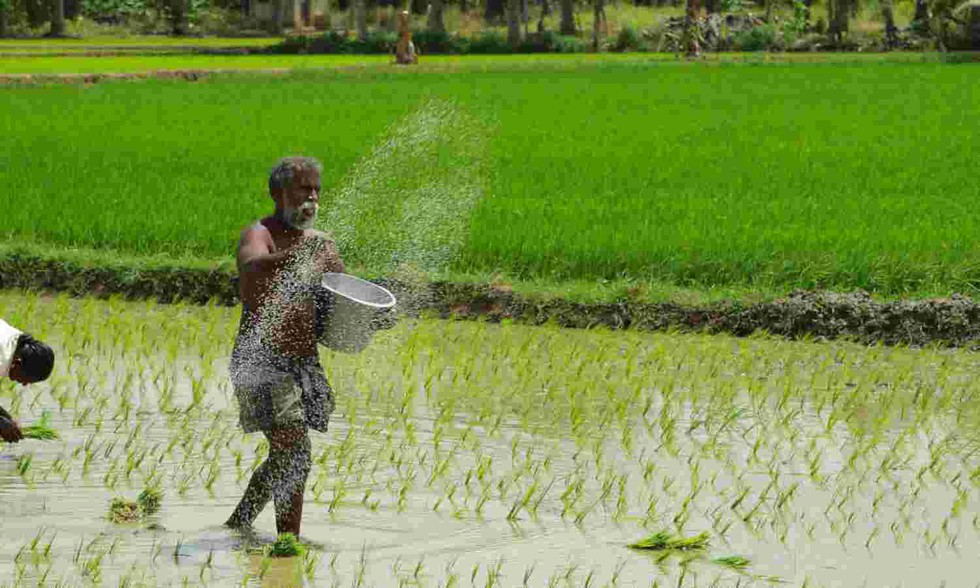
About Pradhan Mantri Annadata Aay SanraksHan Abhiyan (PM-AASHA):
- It is an umbrella scheme aimed at ensuring remunerative prices to the farmers for their produce.
- PM AASHA has three components, and states can choose whichever one they wish to implement. The three components are
- Price Support Scheme (PSS):
- In PSS, physical procurement of pulses, oilseeds, and copra will be done by Central Nodal Agencies with the proactive role of state governments.
- In addition to the National Agricultural Cooperative Marketing Federation of India (NAFED), Food Corporation of India (FCI) will take up PSS operations in states/districts.
- The procurement expenditure and losses due to procurement will be borne by the Central Government as per norms.
- Price Deficiency Payment Scheme (PDPS):
- Under PDPS, it is proposed to cover all oilseeds for which MSP is notified.
- Direct payment of the difference between the MSP and the selling/model price will be made to pre-registered farmers selling his produce in the notified market yard through a transparent auction process.
- All payments will be done directly into the registered bank account of the farmer.
- This scheme does not involve any physical procurement of crops, as farmers are paid the difference between the MSP price and the Sale/modal price on disposal in the notified market.
- The support of the central government for PDPS will be given as per norms.
- Pilot of Private Procurement and Stockist Schemes (PPPS):
- In addition to PDPS, for oilseeds, states have the option to roll out PPSS on a pilot basis in selected districts/Agricultural Produce Market Committee (APMCs) of districts involving the participation of private stockists.
- This scheme will allow private players to participate in the procurement of crops.
- The pilot district/selected APMC(s) of the district will cover one or more crops of oilseeds for which MSP is notified.
- Only one scheme, i.e., PSS or PDPS, may be made operational in one State with respect to one commodity.
8. Who are Houthis?
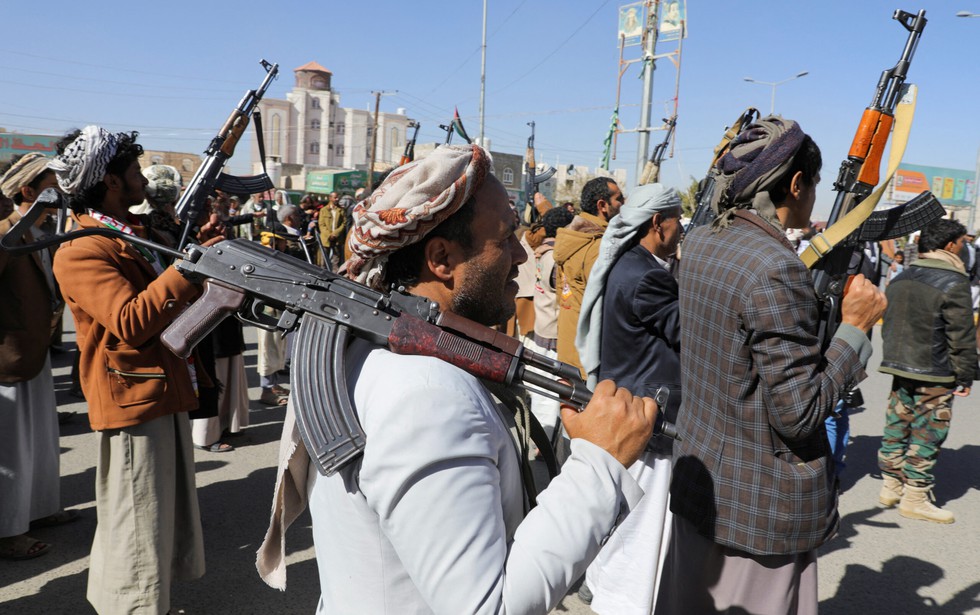
About Houthis:
- The Houthis, officially known as Ansar Allah (Partisans of God), are an Iranian-backed Shiite Muslim military and political movement in Yemen.
- Its members, who subscribe to the minority Zaidi sect of Shiite Islam, advocate regional autonomy for Zaidis in northern Yemen.
- Shiite Muslims are the minority community in the Islamic world, and Zaidis are a minority of Shiites, significantly different in doctrine and beliefs from the Shiites who dominate in Iran, Iraq, and elsewhere.
- They are a minority in Yemen, which is predominantly Sunni Muslim, but they are a significant one, numbering in the hundreds of thousands and making up as much as a third of the overall population.
- The group emerged in the 1990s and takes its name from the movement's late founder, Hussein al-Houthi.
- The Houthi movement began as an effort to maintain tribal autonomy in northern Yemenand protest Western influence in the Middle East.
- They have been fighting Yemen’s Sunni-majority government since 2004.
- The Houthis took over the Yemeni capital Sanaa in September 2014 and seized control over much of north Yemen by 2016. Currently, Houthis controls approximately one-third of Yemen’s territory.
- Today, the Houthis seek a greater role in the Yemeni government and continue to advocate for Zaidi minority interests.
- The movement is known for its virulently anti-American and anti-Semitic rhetoric.
- Several of the group’s leaders have been designated as terrorists by the United States.
9. Key facts about Spotted Deer?
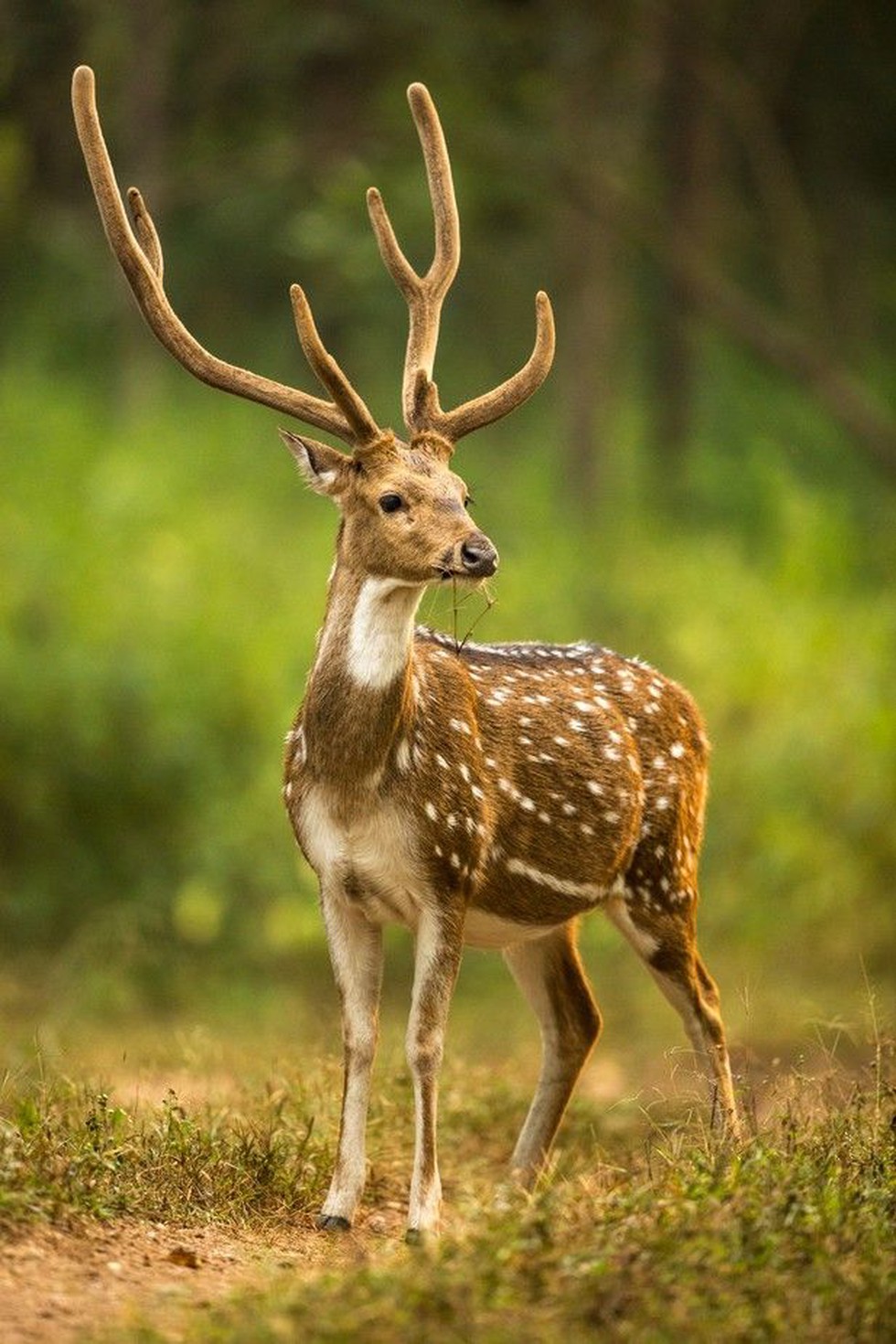
About Spotted Deer:
- The spotted deer, or Chital, is the most common deer species in Indian forests.
- Scientific Name: Axis axis
- Distribution:
- It is native to the Indian subcontinent.
- It is widely distributed in Asia, especially in India, Sri Lanka, Bangladesh, Bhutan, and a small group in Pakistan.
- Features:
- It stands at about 35 inches tall and weighs about 187 pounds.
- It has a reddish-brown coat above and a white underbelly.
- Both the genders have small white spots on the body, hence named Spotted or Chital.
- Spotted deer are sexually dimorphic. Males are significantly larger than females, and only male deers possess antlers.
- Its curved, three-pronged antlers extend nearly 3 feet and shed each year.
- Lifespan: 20 to 30 years
- They are social animals.They occur in herds of 10 to 50 individuals, with one or two males and a number of females and young.
- Conservation Status:
- IUCN Red List: Least Concern


























































































































































.png)
.png)
.png)
.png)
.png)


.png)
.png)
.png)





.png)
.png)






.png)
.png)
.png)
.png)
.png)
.png)
.png)
.png)
.png)

.png)







.png)
.png)


.png)
.png)
.png)


.png)

.png)
.png)





.jpg)

.png)
.png)


.png)

.png)
.png)
.png)

.jpg)

.jpg)


.png)

.png)
.png)
.png)
.png)
.png)
.png)
.png)
.png)
.png)
.png)




.png)

.png)





.png)
.png)
.png)
.png)
.png)
.png)
.png)
.png)
.png)
.png)
.jpg)
.jpg)

.png)
.png)
.png)
.png)
.png)
.png)
.png)
.png)
.png)
.png)
.png)
.png)
.png)
.png)
.png)
.png)
.png)
.png)
.png)
.png)
.png)
.png)



.png)
.png)

.jpg)
.jpg)


.jpg)
.jpg)
.jpg)
.jpg)
.jpg)

.jpg)








.jpg)
.jpg)
.jpg)
.jpg)
.jpg)

















.jpg)
.jpg)







.jpg)


















.jpg)
.jpg)






























































































.jpg)
.jpg)


























.jpg)

.jpg)










.jpg)








.jpg)




.jpg)










.jpg)


















.jpg)












































.jpg)














.jpg)
.jpg)
.jpg)





.jpg)

.jpg)
.jpg)





































































.jpg)


































.jpg)
.jpg)
















































.jpg)












.jpg)


.jpg)




.jpg)
.jpg)
.jpg)

.jpg)
.jpg)
.jpg)
.jpg)

.jpg)
.jpg)
.jpg)

.jpg)
.jpg)
.jpg)
.jpg)
.jpg)
.jpg)
.jpg)
.jpg)

.jpg)


.jpg)
.jpg)
.jpg)
.jpg)
.jpg)
.jpg)
.jpg)
.jpg)
.jpg)
.jpg)











.jpg)
.jpg)





.jpg)
.jpg)
.jpg)
























.jpg)
























.jpg)









.jpg)
.jpg)







.jpg)
.jpg)









































.jpg)
.jpg)
.jpg)
.jpg)
.jpg)

.jpg)
.jpg)
.jpg)
.jpg)
.jpg)


.jpg)
.jpg)
.jpg)
.jpg)
.jpg)

.jpg)
.jpg)
.jpg)
.jpg)
.jpg)
.jpg)
.jpg)
.jpg)
.jpg)
.jpg)
.png)

.png)
.png)

.png)
.png)
.png)
.png)


.jpg)
.jpg)

.jpg)
.jpg)
.jpg)

.png)
.png)
.png)
.png)
.png)
.png)
.png)

.png)
.png)
.png)
.png)
.png)
.png)
.png)
.png)
.png)
.png)





































































-min.png)



.png)




.png)








































